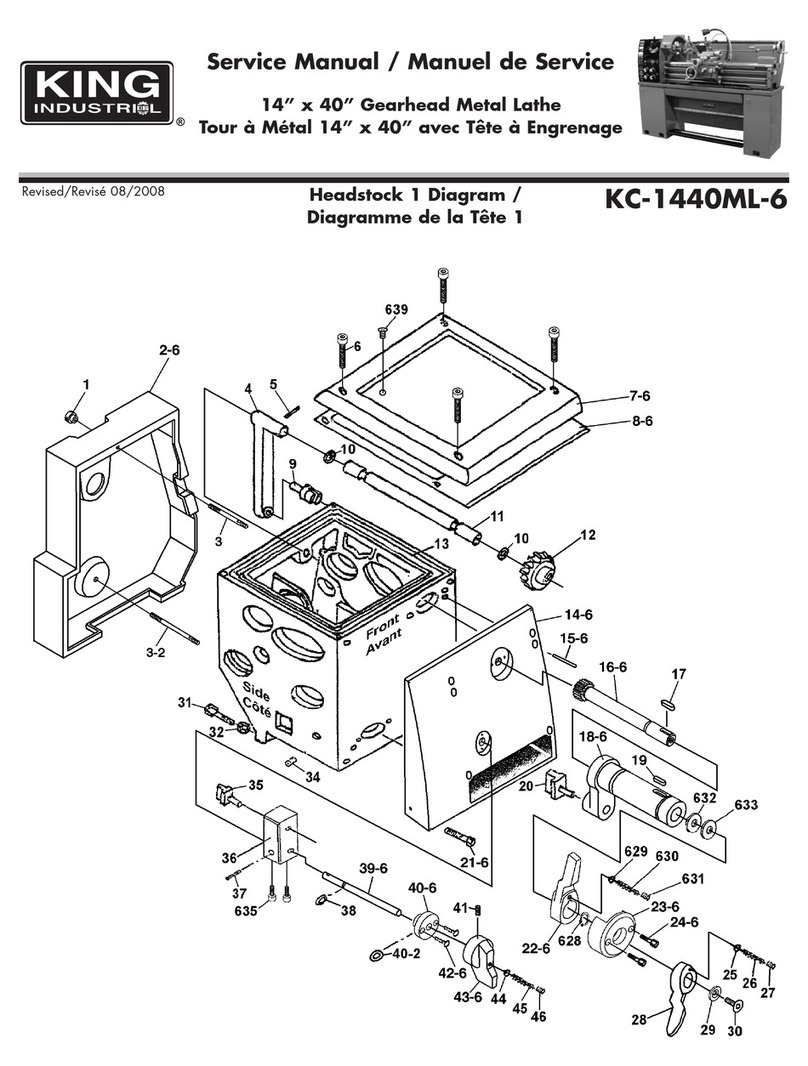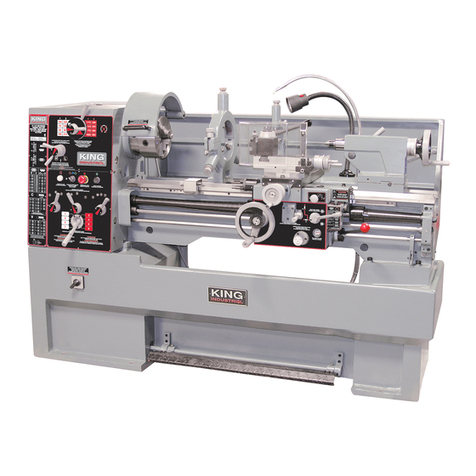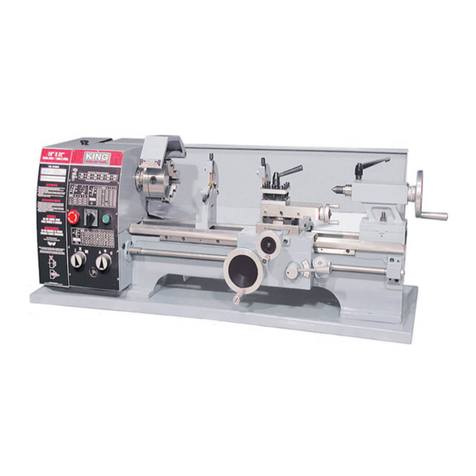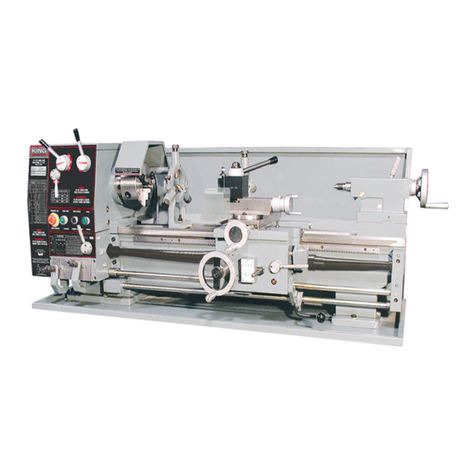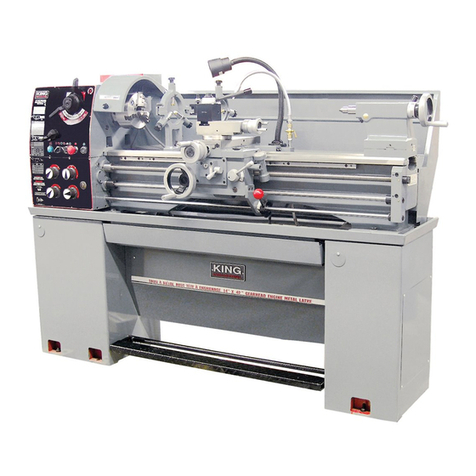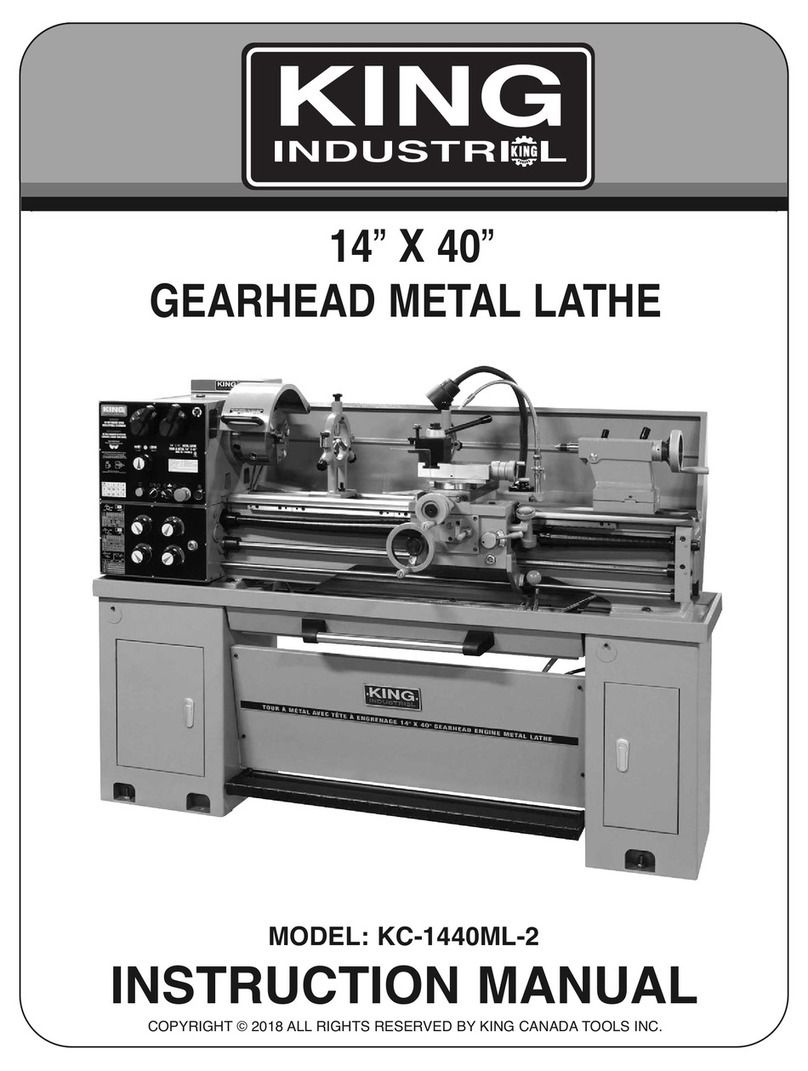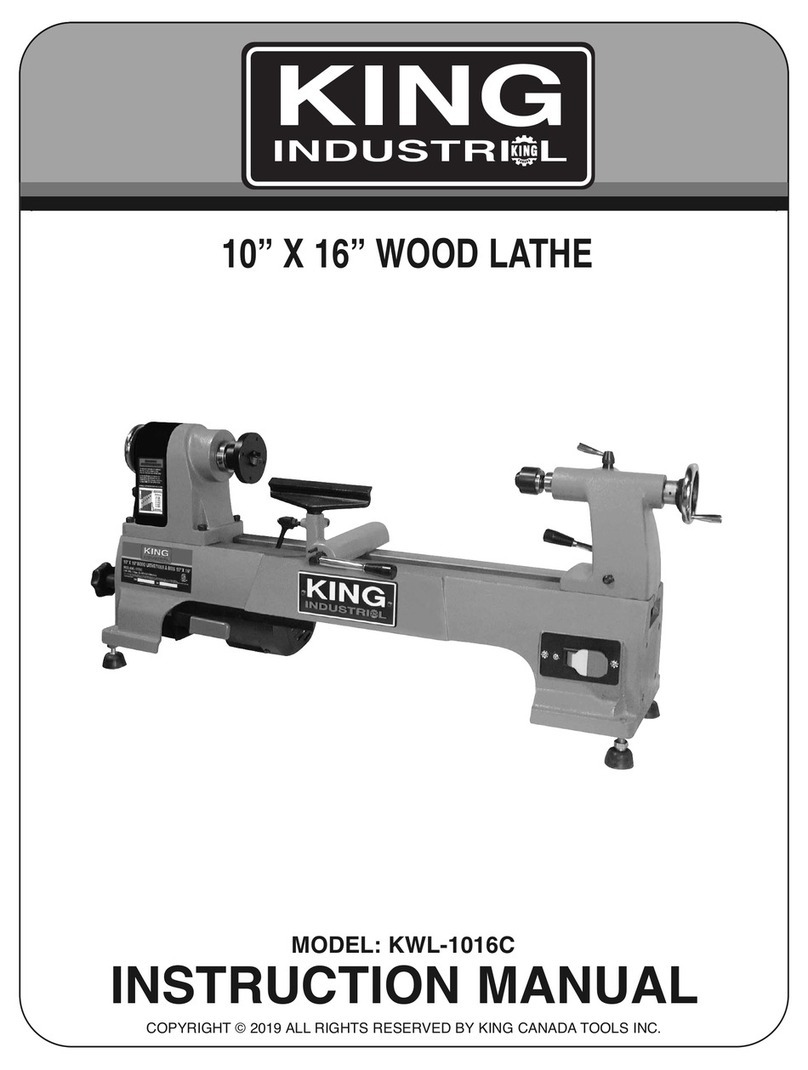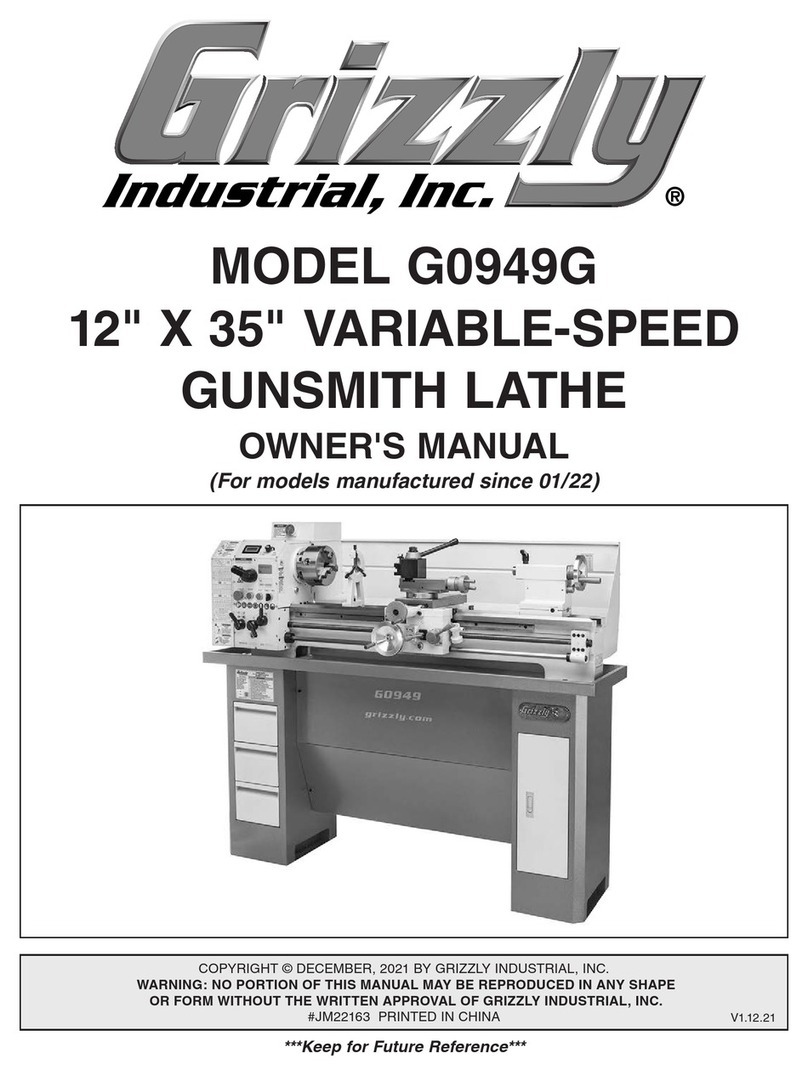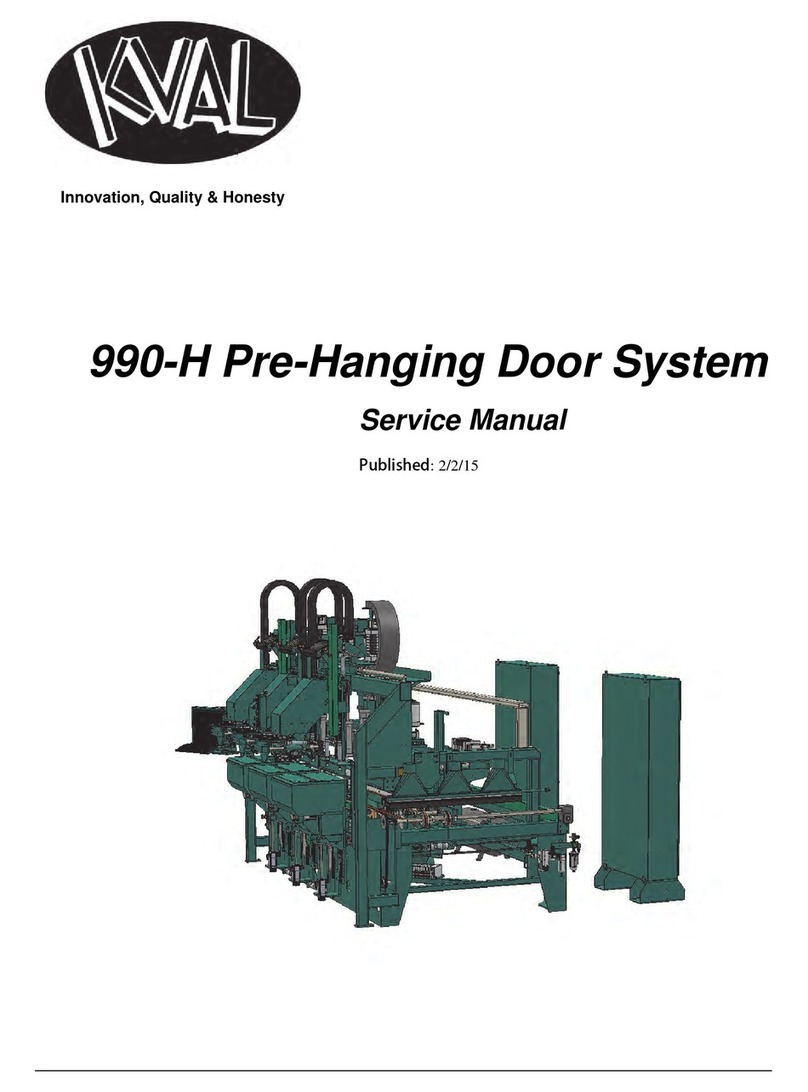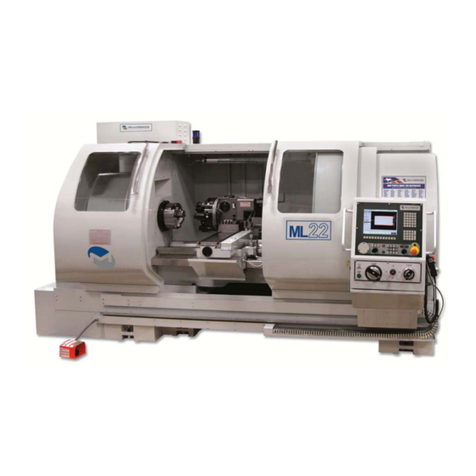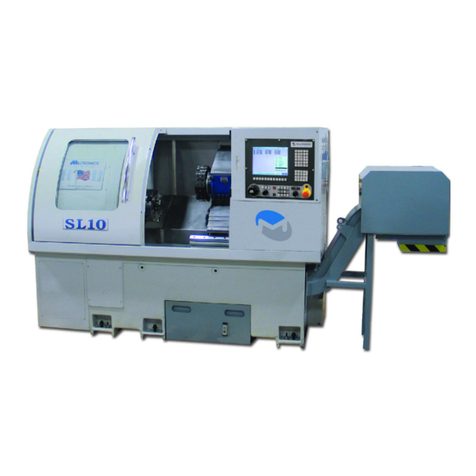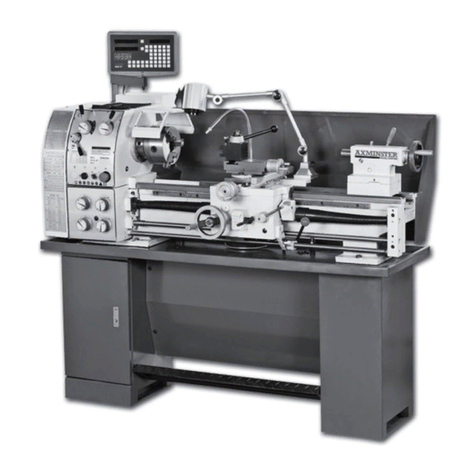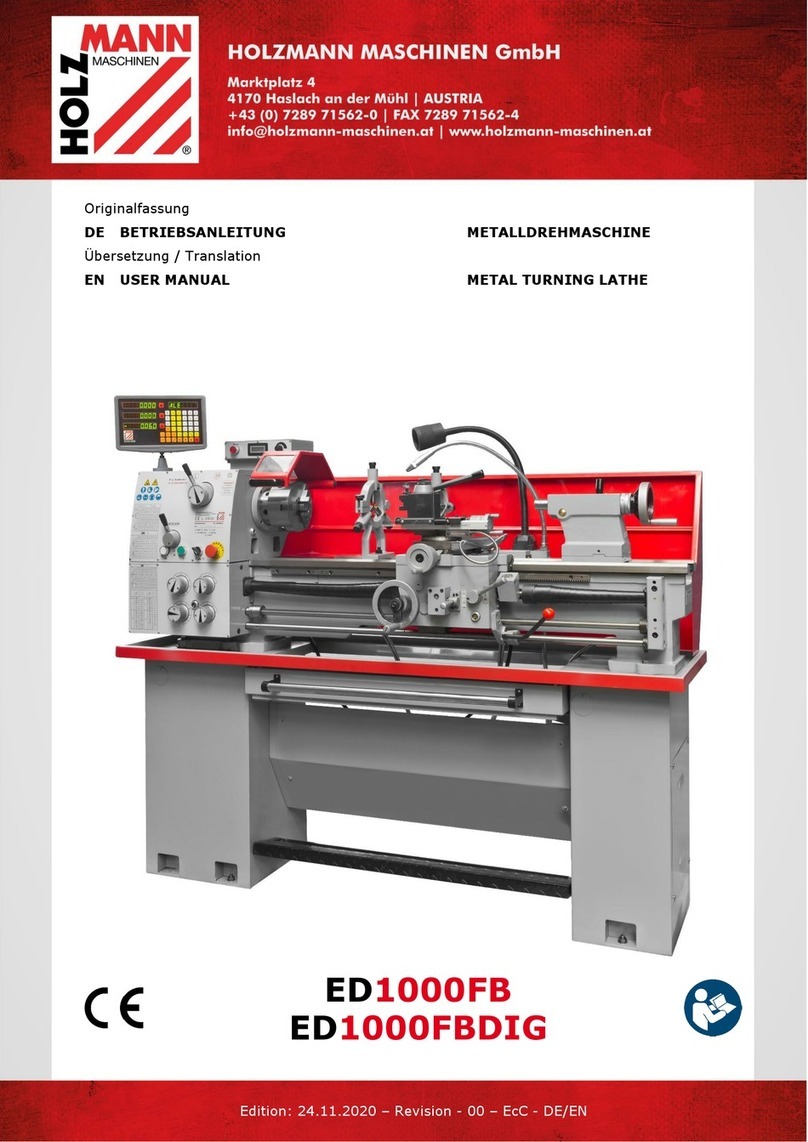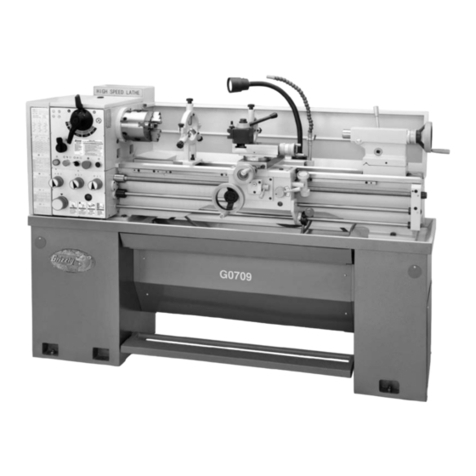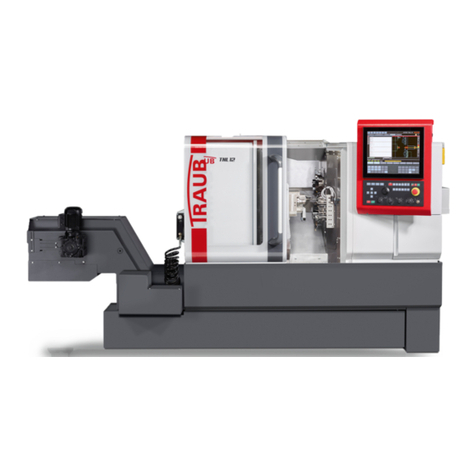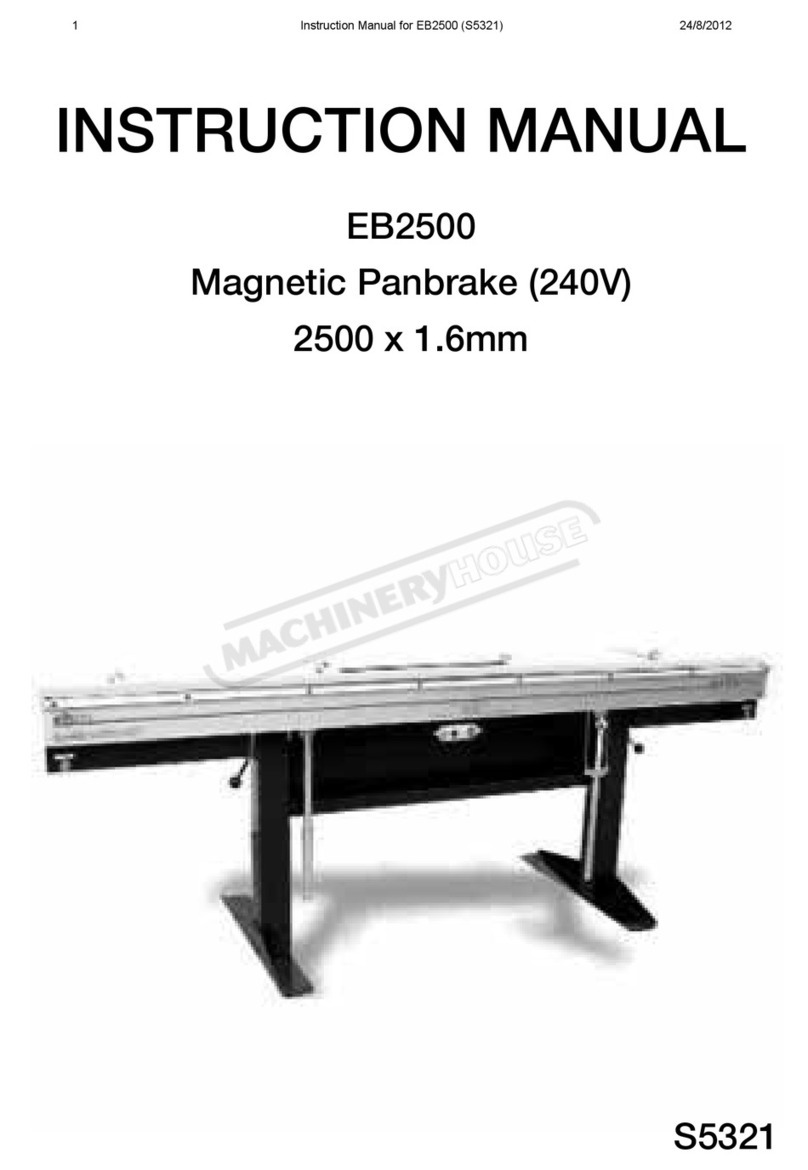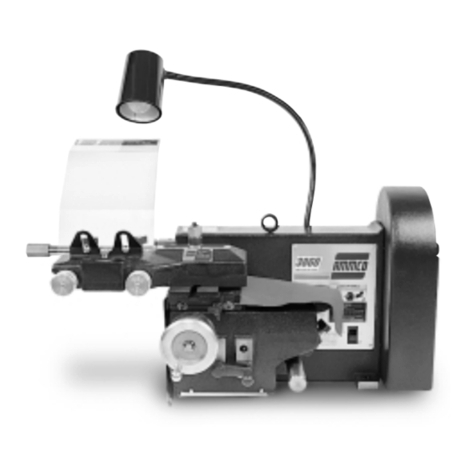
GENERAL SAFETY INSTRUCTI NS
F R P WER T LS
1. KN W Y UR T L
Read and understand the owners manual and labels affixed to
the tool. Learn its application and limitations as well as its
specific potential hazards.
2. GR UND THE T L.
This tool is equipped with an approved 3-conductor cord and
a 3-prong grounding type plug to fit the proper grounding type
receptacle. The green conductor in the cord is the grounding
wire. NEVER connect the green wire to a live terminal.
3. KEEP GUARDS IN PLACE.
Keep in good working order, properly adjusted and aligned.
4. REM VE ADJUSTING KEYS AND WRENCHES.
Form habit of checking to see that keys and adjusting
wrenches are removed from tool before turning it on.
5. KEEP W RK AREA CLEAN.
Cluttered areas and benches invite accidents. ake sure the
floor is clean and not slippery due to wax and sawdust
build-up.
6. AV ID DANGER US ENVIR NMENT.
Don’t use power tools in damp or wet locations or expose
them to rain. Keep work area well lit and provide adequate
surrounding work space.
7. KEEP CHILDREN AWAY.
All visitors should be kept a safe distance from work area.
8. MAKE W RKSH P CHILD-PR F.
-with padlocks, master switches or by removing starter keys.
9. USE PR PER SPEED.
A tool will do a better and safer job when operated at the
proper speed.
10. USE RIGHT T L.
Don’t force the tool or the attachment to do a job for which it
was not designed.
11. WEAR PR PER APPAREL.
Do not wear loose clothing, gloves, neckties or jewelry (rings,
watch) because they could get caught in moving parts.
Non-slip footwear is recommended. Wear protective hair
covering to contain long hair. Roll up long sleeves above the
elbows.
12. ALWAYS WEAR SAFETY GLASSES.
Always wear safety glasses (ANSI Z87.1). Everyday
eyeglasses only have impact resistant lenses, they are N T
safety glasses. Also use a face or dust mask if cutting
operation is dusty.
13. D N’T VERREACH.
Keep proper footing and balance at all times.
14. MAINTAIN T L WITH CARE.
Keep tools sharp and clean for best and safest performance.
Follow instructions for lubricating and changing accessories.
15. DISC NNECT T LS.
Before servicing, when changing accessories or attachments.
16. AV ID ACCIDENTAL STARTING.
ake sure the switch is in the ‘’OFF’’ position before plugging
in.
17. USE REC MMENDED ACCESS RIES.
Consult the manual for recommended accessories. Follow the
instructions that accompany the accessories. The use of
improper accessories may cause hazards.
18. NEVER STAND N T L.
Serious injury could occur if the tool tips over. Do not store
materials such that it is necessary to stand on the tool to reach
them.
19. CHECK DAMAGED PARTS.
Before further use of the tool, a guard or other parts that are
damaged should be carefully checked to ensure that they will
operate properly and perform their intended function. Check for
alignment of moving parts, breakage of parts, mounting, and
any other conditions that may affect its operation. A guard or
other parts that are damaged should be properly repaired or
replaced.
20. NEVER LEAVE MACHINE RUNNING
UNATTENDED.
Turn power ‘’OFF’’. Don’t leave any tool running until it comes
to a complete stop.
1. READ AND UNDERSTAND MANUAL BEF RE PERATING.
2. MAKE ALL ADJUSTMENTS with the power OFF.
3. Always wear eye protection.
4. Do not wear gloves, neckties, jewelry or loose clothing.
5. Tighten all lock knobs before operating.
6. Rotate workpiece by hand before turning on power to ensure it
clears the tool rest.
7. Rough out workpiece before installing on faceplate.
8. Do not mount split workpiece or one containing knot.
9. Use lowest speed when starting a new workpiece.
10. Do not allow the turning tool to “bite” into the workpiece.
Always position the tool rest above the centerline of the lathe for
spindle turning. Do not apply the turning tool to the workpiece
below the level of the tool rest.
11. Avoid awkward hand positions where a slip could cause a
hand to move into the workpiece.
12. Keep a firm hold and control of the turning tool at all times.
Special cautions must be exercised when knots or voids are
exposed to the turning tool.
SPECIFIC SAFETY INSTRUCTI NS
F R Y UR W D LATHE
